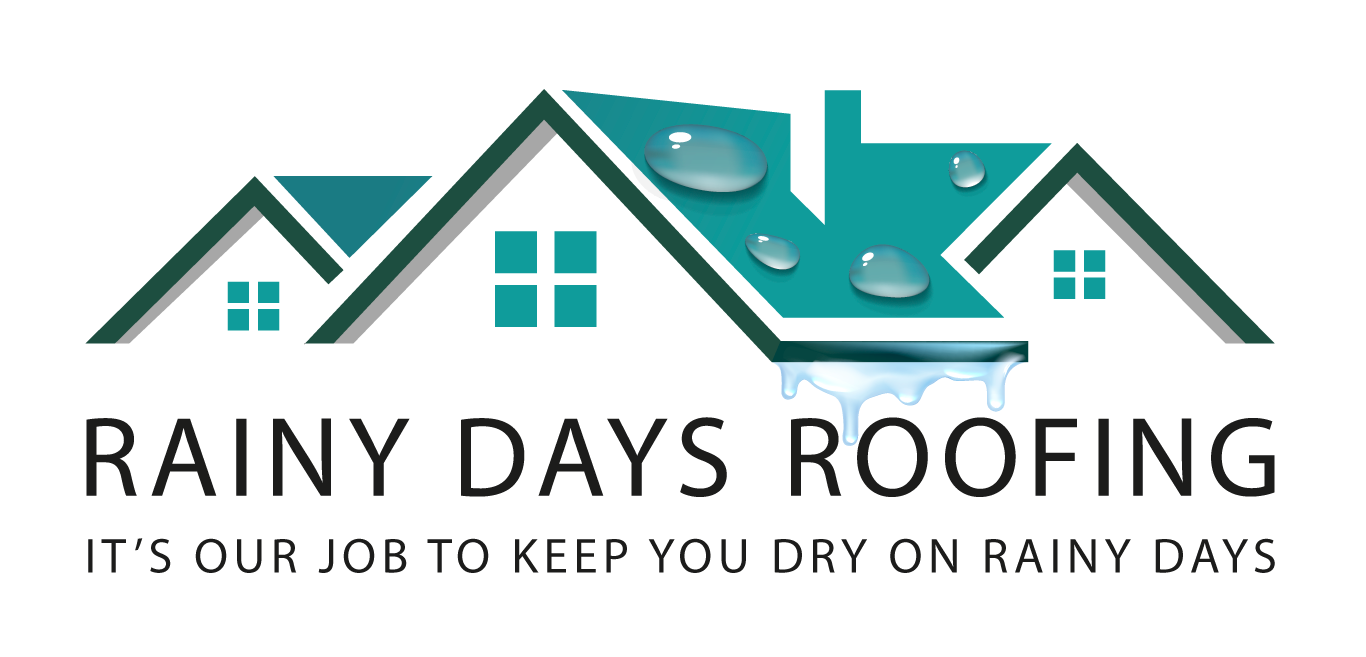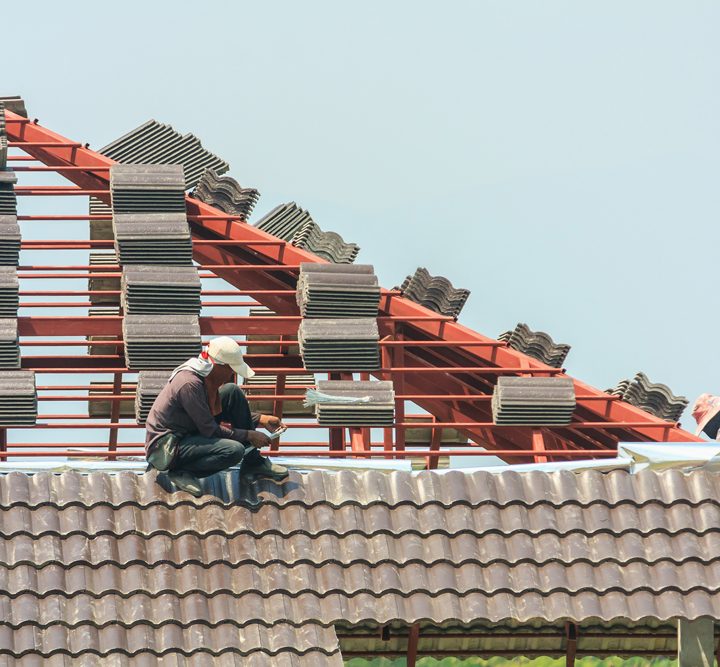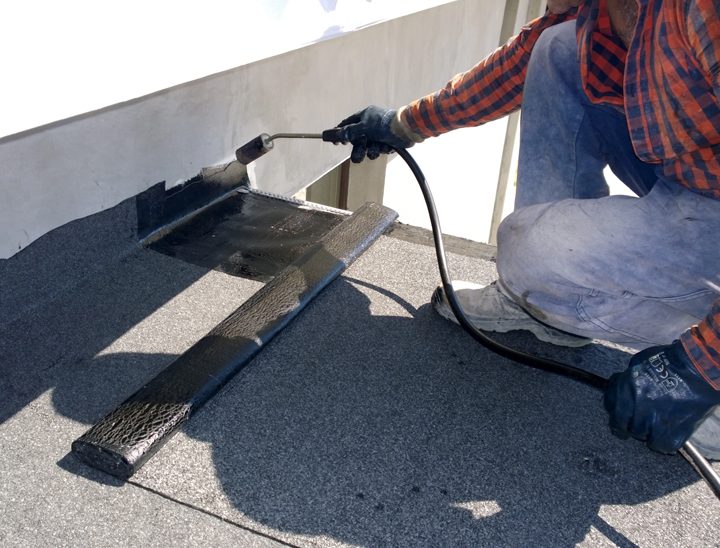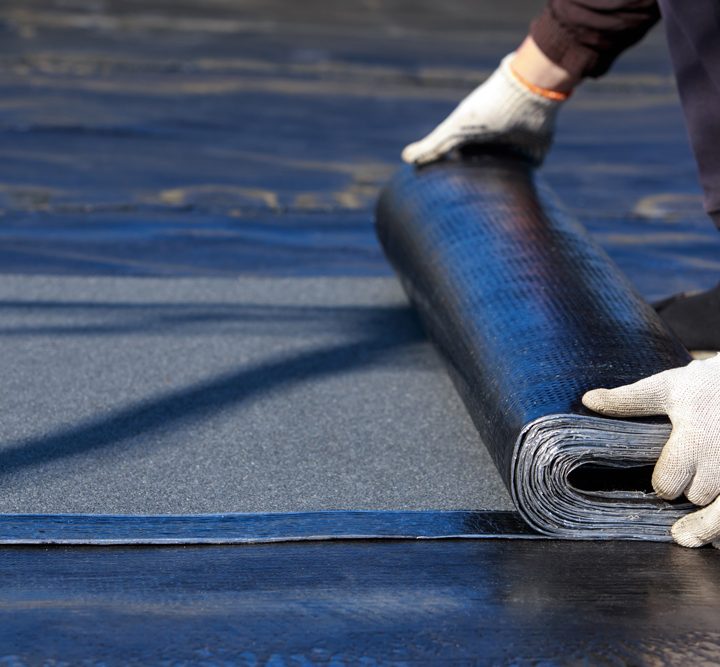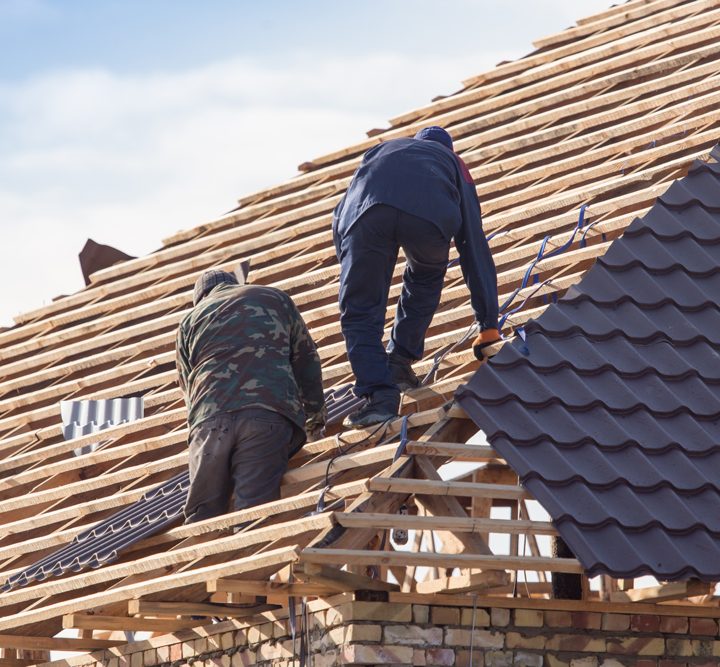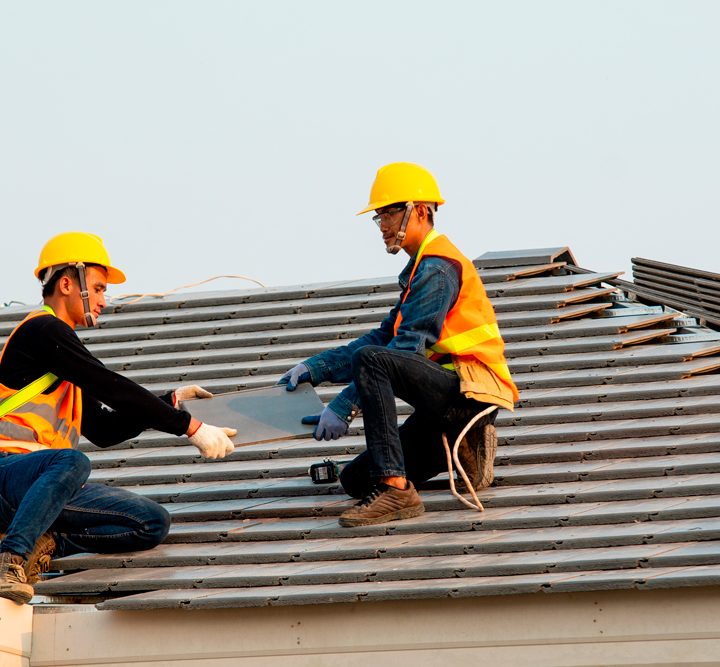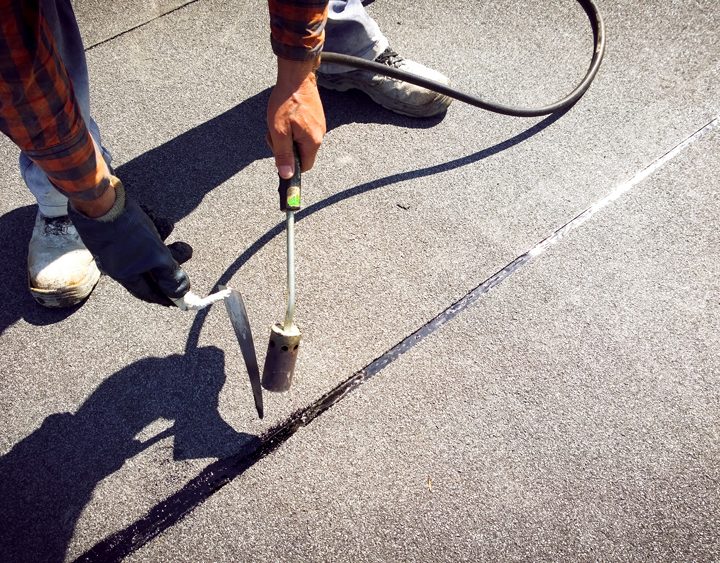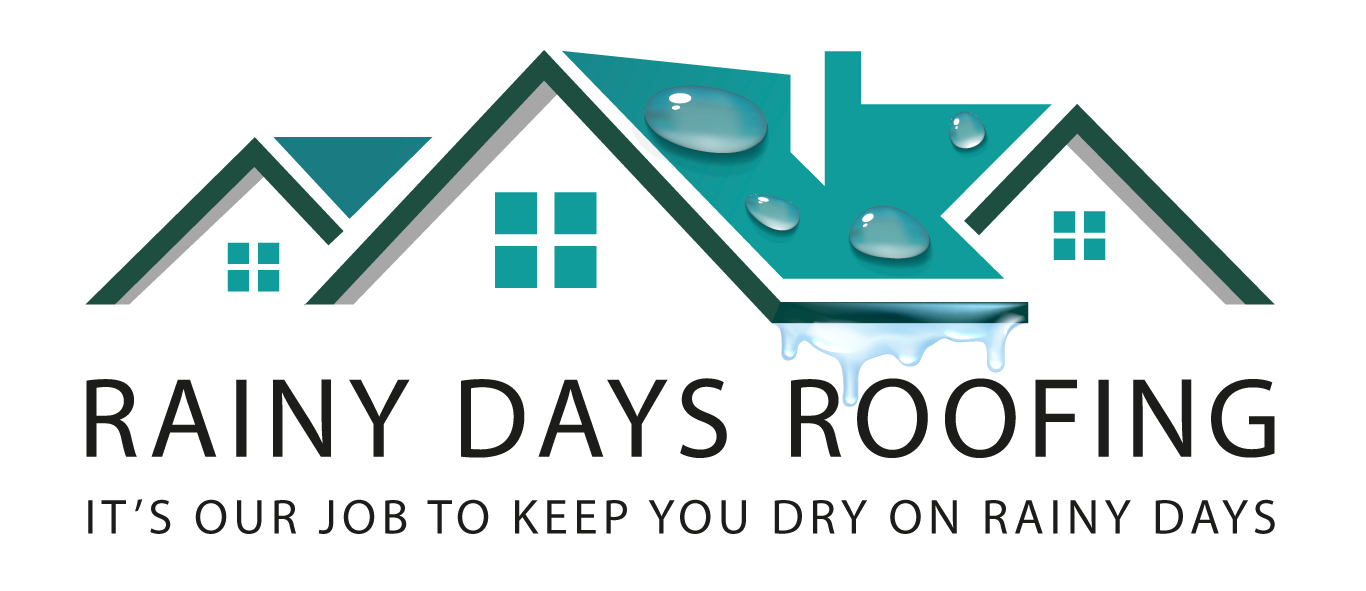What Causes Roof Tile Slippage and How to Prevent It
Spring in London and Essex often uncovers roof damage left behind by winter storms and freezing temperatures. One of the most common—and overlooked—issues is slipped roof tiles. Whether caused by age, poor installation, or weather conditions, slipped tiles can quickly lead to leaks, damp patches, and costly repairs. In this article, we’ll explore the main causes of tile slippage, the risks of ignoring it, and practical steps homeowners can take to prevent future problems.
What Are Slipped Roof Tiles?
A slipped tile is one that has moved out of its correct position on the roof. It may appear visibly misaligned or be entirely out of place, leaving gaps in the covering. This exposes the underlay and structure to water ingress and wind uplift. It’s a small defect with potentially big consequences.

Common Causes of Slipped Roof Tiles
1. Ageing Roof Structure
Over time, nails and pegs holding tiles in place can corrode or loosen. Timber battens may rot due to long-term moisture exposure, especially on roofs over 20 years old.
2. Poor Installation
Improper tile fixing—such as using the wrong clips, not following manufacturer guidance, or cutting corners—can lead to instability. Stormy weather will quickly exploit any weak points.
3. Freeze-Thaw Damage
Tiles absorb moisture during wet weather. When temperatures drop, the water freezes and expands, gradually cracking the tile or breaking its fixings.

4. High Winds and Storms
Strong winds create uplift pressure, dislodging loosely fixed tiles. Gable ends, roof edges and ridges are especially vulnerable.
5. Foot Traffic
Walking on a roof to clean gutters, inspect chimneys or install solar panels can unintentionally dislodge tiles, particularly on older or brittle materials.
Why Slipped Tiles Shouldn’t Be Ignored
A single tile out of place might not seem urgent, but it can lead to:
Water ingress and damp patches
Rotting battens and underlay
Increased risk of moss and algae
Pest entry points
Heat loss through unsealed areas
Over time, these issues become costly repairs. As highlighted in our article Top Signs Your Roof Needs Repair Before Winter Hits, small issues ignored in spring can lead to major headaches come autumn.
How to Spot Slipped Roof Tiles
Signs include:
Uneven rows or gaps in the tiling pattern
Loose or visibly cracked tiles on the ground below
Water stains on ceilings or loft insulation
Daylight visible through roof slates in the loft
A pair of binoculars or a smartphone photo from the ground can help identify visible faults. If unsure, call a professional roofer for an inspection.
How Roof Pitch and Design Affect Tile Stability

Certain roof shapes and pitches are more prone to tile movement than others:
Steep Pitched Roofs: Gravity plays a larger role, increasing the risk of slippage without strong mechanical fixings.
Low-Slope Roofs: May hold more water and debris, weakening tile security over time.
Dormers, Valleys, and Gables: These complex design features often suffer from poor ventilation or disrupted tile placement, making them weak points.
A professional roofer can assess whether your roof design increases slippage risk and recommend reinforcement methods, such as dry ridge systems or improved battening.
How to Prevent Tile Slippage
1. Schedule Regular Inspections
Spring and autumn are ideal for roof inspections. A professional can identify early signs of tile movement or nail fatigue.
2. Invest in Quality Materials
Use frost-resistant tiles, galvanised nails, and breathable underlays that can handle the UK’s changing climate.
3. Secure Edge and Ridge Tiles Properly
These are the most exposed parts of your roof. Consider dry ridge and dry verge systems for greater stability.

4. Limit Foot Traffic
Avoid unnecessary walking on the roof. Use roof ladders or safety boards if work is needed.
5. Clear Gutters and Moss
Blocked gutters and moss growth trap moisture, weakening tile fixings over time. Regular cleaning extends your roof’s lifespan.
When to Call a Roofer
If you’ve spotted any signs of slipped tiles or suspect your roof might be vulnerable, don’t delay. A reputable roofer can:
Replace or re-secure individual tiles
Inspect underlay and battens for rot or damage
Install preventative systems for ridges and verges
At Rainy Days Roofing, we specialise in inspecting and repairing slipped roof tiles throughout London and Essex. Our team can advise on long-term solutions tailored to your roof’s age, type, and exposure.
FAQ: Slipped Roof Tiles in London and Essex
Q: Can I fix a slipped tile myself?
A: It’s not recommended. DIY work on pitched roofs without proper equipment is dangerous and can cause further damage.Q: How much does it cost to fix slipped tiles?
A: Costs vary depending on how many tiles need re-fixing and whether there’s underlying damage, but minor repairs can start from £100–£300.Q: Is this covered by home insurance?
A: Some policies cover storm-related roof damage, but not general wear and tear. Always check your individual policy.Q: How long does it take to fix?
A: A small repair can be completed within a few hours. Larger jobs may take a day or more, especially if scaffolding is needed.
Author

